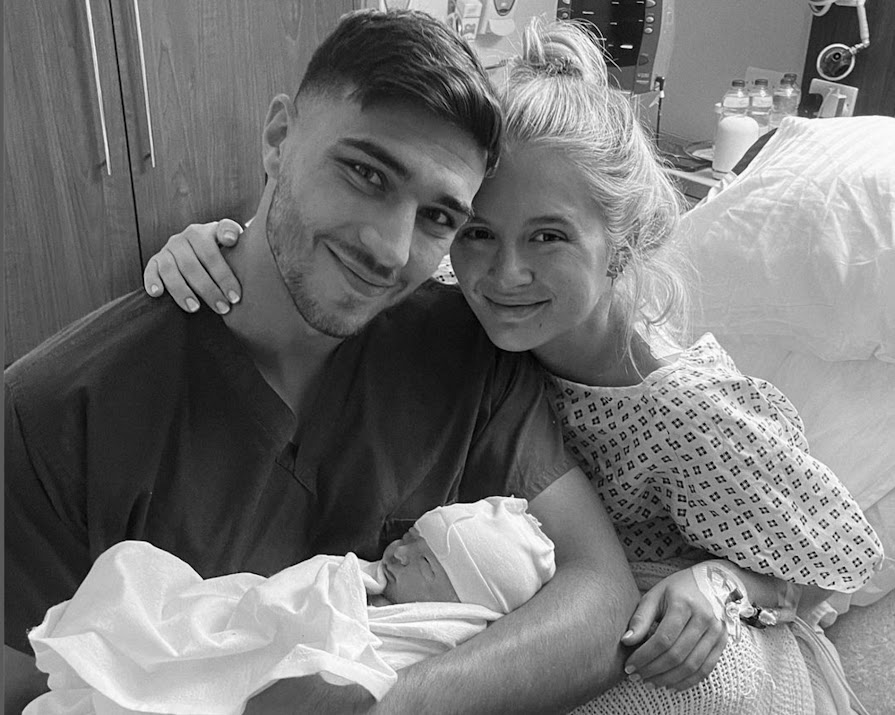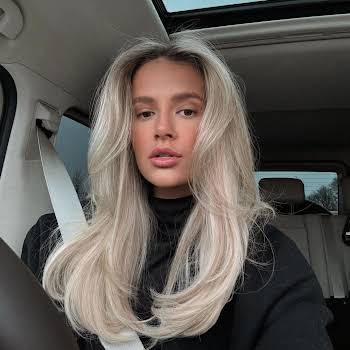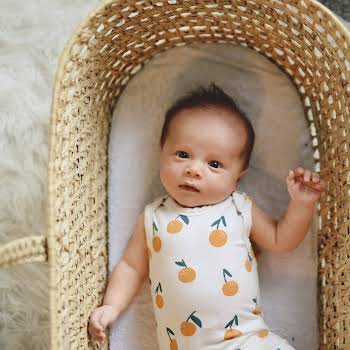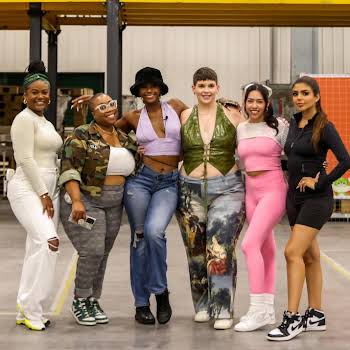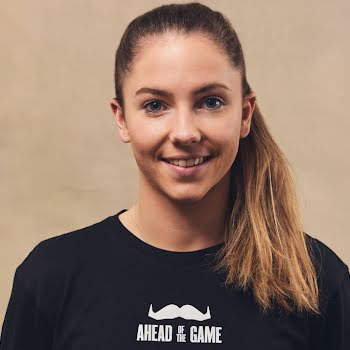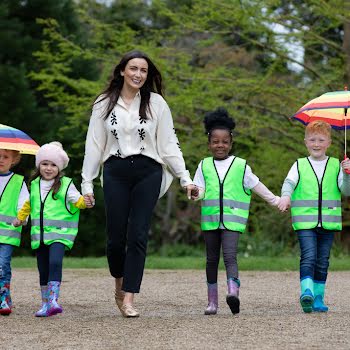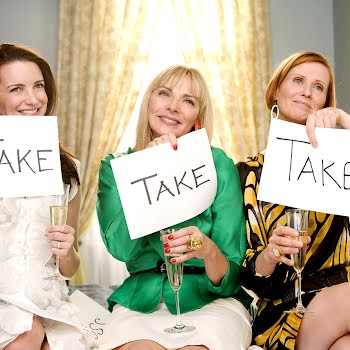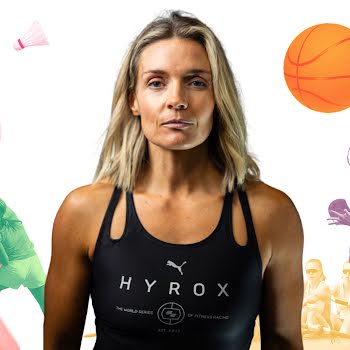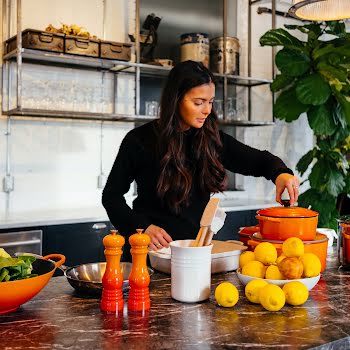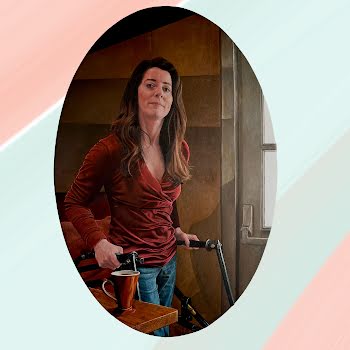
By Amanda Cassidy
12th Feb 2023
12th Feb 2023
Mostly the offspring of already established mummy influencers, these next-gen social media stars are already clocking up the likes, shares and sponsored content (at often double the price!) But where does consent fit into any of it, especially when exposed to millions of strangers? Amanda Cassidy reports.
Baby influencers are basically like adult influencers. Except they completely lack the autonomy to choose if their image should be branded and sold to millions.
And while this may be comparable to say, putting your baby forward for a TV ad for Pampers, or allowing them to be in a movie, in reality – it’s not just the baby’s image that’s being sold here. Children are being packaged as ‘themselves’ – shown sleeping, being fed, allowing ‘followers’ to get more than just a glimpse into their personalities.
Evolution
Tiny-influencers were born. Tiny babies sales people muscled in on the multi-billion dollar space.
Since the early days of mummy blogging, the day to day lives of some children have been common online content. These evolved from long narratives about the experiences with different prams or the best breastfeeding pillows to the visual medium of Instagram.
Suddenly, adding a picture of your child alongside these products seemed easier somehow. Then, brands got in on the deal. Tiny-influencers were born. Tiny babies sales people muscled in on the multi-billion dollar space.
Once huge sums of money came into play, capturing parenthood transitioned into what some have called using children as props. Just like the other niche areas like fitness and travel, parenthood became much more carefully cultivated. These accounts are often more relatable and thus encourages engagement with followers. And they pay well too.
Lucrative
A recent analysis suggests that influencer and new mother Molly-Mae Hague can now earn up to £19,042 per sponsored Instagram post.
The findings by Casino Bonus reveal that the new mother can earn almost £20,000 from a single sponsored post on her Instagram account where she has 7.1 million followers. This comes as she and partner Tommy Fury welcomed their first child, Bambi Fury.
Tommy Fury can earn up to £11,898 per sponsored post, giving the Love Island power couple a combined Instagram earning of £30,940 from each of them posting on their respective profiles.
Platform
It’s also believed the couple filmed the birth of their daughter, leading some to speculate that they may make money off sharing such content. Other mumfluencers sharing the lives of their children online to huge amounts of strangers include Stacy Solomon and Binky Felstead.
Monitising children means different things on different platforms and the amount in the community is relevant. Parents and managers negotiate brand partnership deals directly with the brands they feature; Instagram does not provide an option to monetise posts through the platform itself, but YouTube allows you to sell ads on videos.
Ad revenue is usually split between YouTube and the content creator: 45% for YouTube and 55% for the creator. This means that when parents or managers sell ads on a kid influencer’s video, YouTube ends up directly profiting off of a minor who may not even be old enough to use the site.
Protection
The issue, of course, is that laws that are designed to protect children stars on movie and TV sets from exploitation by parents and employers are not being applied to today’s baby and child internet celebs.
Naturally, there is no ill intention. If anything it’s a mix of pride, love and perhaps the excuse to make a quick buck, but for influencers to claim their children are having fun is tricky. In the case of babies, we can’t know that. And in older children; even if it’s simply unboxing presents, that’s work.
Packaging children’s lives for cash is a murky area. From one end of the scale you have those who enjoy sharing their children’s antics innocently with followers, and on the other, newborns are being exposed to millions of strangers before they are even an hour old.
Legislation
So should it be regulated?
From lawmakers and child advocacy groups. There is growing pressure on social media platforms to tighten safeguards for children, but a lack of consensus on what this should look like or how it should be enforced. The problem is that this focuses on how children access social media. But it doesn’t look at consent for their parents to show their every movement to the world.
By the time children are old enough to understand that their images will live on forever online, to countless people, some of whom may be predatory toward children. It’s too late to consent anyway.
Horrified
“Even to this day, if someone’s looking at me too long, I start to get paranoid.”
US-based TikTok star Kodye Elyse’s first viral video with her five year old were a shock to the system. As part of a fun video, she swapped places with her mum to the beat of the music and appeared to transform into her mother.
A few hours later and with six million views, the influencer began getting bombarded with comments, many of which revolved around her daughter’s appearance. She was horrified. “I made the choice that day. I removed every video of them. I knew she didn’t have a say that her face was being shown to that many people.”
23-year-old Cam has also spoken out about their experience and says their needs were often sidelined by their mother’s constantly posting about them on MySpace and Facebook in the late 2000s to the early 2010s when they were a child. Speaking to NBC news, they said it has taken a toll on their mental health and shaped how they navigate their own social media presence.
“I was able to understand social media more as I got older, and that’s when I got really, really bad paranoia about who’s watching me and who’s looking at me. Even to this day, if someone’s looking at me too long,” they said, “I start to get paranoid.”











